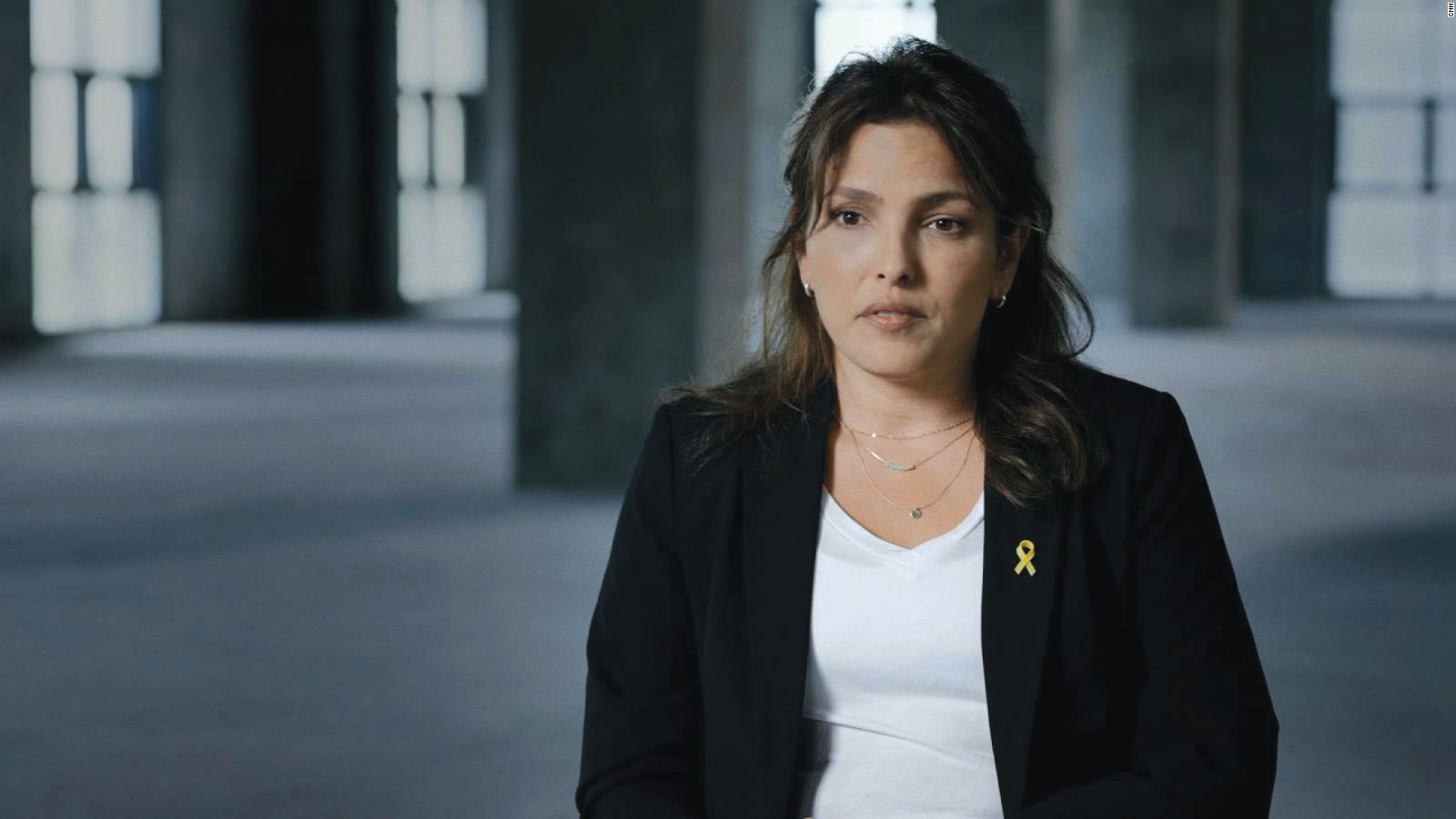 Amit Soussana in “Screams Before Silence”
Amit Soussana in “Screams Before Silence” This week a new documentary about the use of sexual violence by Hamas in their terror attacks on Israelwas posted on YouTube.
In “Screams Before Silence,” author and philanthropist Sheryl Sandberg conducts interviews with victims and witnesses of the attacks of October 7th, 2023. The 56-minute film by the Israeli production company, Kastina Communications (“Chanshi” and the first season of “Fauda”) is titled after the testimony of Tali Binner, a survivor of the Nova Music Festival massacre. On that day, Binner survived by hiding inside a trailer for seven hours. In the documentary, Binner visited the site with Sandberg and reentered the trailer for the first time.
“There were so many noises of women, different women, not only one,” Binner said in the documentary. “I also heard a couple. She didn’t say words, she was just screaming and he begged for someone to leave her. I remember that he said, ‘azov otah’— ‘leave her, leave her alone.’ The guy was crying, I heard him. And for a long time.”
Sandberg then asked, “and how did the screaming end in these cases?”
Binner responded, “They got shot. And then silence.”
Three other survivors of the Nova Music Festival Massacre share their stories: Michal Ohana, Raz Cohen and a festival security supervisor Elad Avraham. Rami Davidian, a volunteer first responder at the massacre site revisits the wooded area where he found festival massacre victims who were tied to trees, raped, mutilated and murdered. Lt. Col. Eran Masas, a reserve soldier who was one of the first to record video of the massacre’s aftermath, broke down as he retold his story at the festival site.
There’s testimony from Shari Mendes, an Israel Defense Forces reservist who worked the Oct 7 military morgue. Israeli filmmaker Anat Stalinsky, the director, decided it was best to avoid featuring any close-up footage of grisly violence and mutilation.
“There are a tremendous amount of images that for people who see them, it’s so shocking, and very strong proof [of sexual violence],” Stalinsky told the Journal. I felt that showing the audience the images would make it unbearable to watch the film. Also, there is respect for the victims and the families. I decided that people will hear about it, but won’t see. And sometimes hearing and imagining is even harder than just seeing an image of a corpse.”
Two volunteers from Zaka (Disaster Victim Identification), Haim Otmazgin and Simcha Greiniman, show Sandberg the images and videos on their phone from when they arrived at the untouched crime scenes on Oct 7. For some photos — which are not seen on screen — they have to tell Sandberg what it is she is looking at. We see Sandberg gasping, wincing, weeping and recoiling at the sight.
Sandberg interviewed several authorities who have examined the sites, interviewed the survivors and interrogated the captured perpetrators of the attacks.
“[Hamas] were sent with clear instructions to kidnap as many, to rape as many, to humiliate as many, to murder as many, they came here with a mission and they succeeded in their mission,” Mirit Ben Mayor, Chief Superintendent of Israel Police, said.
“It depicts a pattern that could not have been unless it was premeditated and preconceived by Hamas themselves,” Professor Ruth Halperin-Kaddari, former Vice President of the U.N. Committee on Elimination of Discrimination Against Women, said.
“It’s like they wanted to inflict pain in the cruelest manner possible,” said Dr. Cochav Elkayam-Levy, Head of the Civil Commission on Oct. 7th Crimes by Hamas Against Women and Children.
And then there are the hostages. Professor Itai Pessach, the head of the medical team attending to the returning hostages in Israel, shared one of his greatest fears for the fate of the female hostages remaining in Gaza: “We’re ready for the unthinkable possibility of pregnancies” — hostages being impregnated by their captors.
Sandberg interviewed Dr. Ayelet Levy Shachar, the mother of Naa’ma Levy, a 19-year old who was abducted and is still being held hostage by Hamas. Video circulated worldwide of Levy being dragged from the back of a Jeep by her hair, barefoot, with bloodstained pajama pants.
“Maybe that’s the thing with that video, that we would like to think that this couldn’t be possible, that nobody would harm a young girl,” Levy Shachar said. “But then you just see it there. They’re the one who posted that video, the Hamas.”
Agam Goldstein Almog and her mother Chen Goldstein Almog, both former hostages of Hamas in Gaza for over 50 days, return to their ransacked, bullet-riddled home at Kibbutz Kfar Aza. Agam, 17 years old, recounted some of the sexual advances the captors made.
“He’d bring me a hairbrush and tell me, ‘make a ponytail, it looks good on you,” Agam said.
Another former hostage, Amit Soussan, spoke of the horror stories of sharing a bedroom with one of her captors, a young Hamas terrorist named Mohammad.
“He also kept asking me, ‘do I like sex, do I like sex with my boyfriend?’” Soussan said. “And whenever he talked about it, I just giggled and said ‘stop, stop’ trying to change the subject.”
The production came together quickly. Stalinsky said that Sandberg came on board within 24 hours of being pitched.
“We had a goal to make it fast, because every day the movie is not out there, it’s not good for the hostages, it’s not good for what people think about Israel and about what’s going on,” Stalinsky said. As of this writing, the documentary already has over half a million views in just three days. Releasing it on YouTube was by design, to create awareness with as few barriers for viewers as possible.
“The movie is not made for profit, it’s made out of duty, a calling to make that movie,” Stalinsky said. “The goal was to reach as many people as possible, for everyone to watch this, and make it reachable for every person who wants to watch it or to share it. Broadcast people don’t have to pay money to see it, and you don’t have to be a [streaming platform] user. Everyone can watch it.”
Before the film ends, Stalinsky steps in to interview Sandberg for her reflections on making “Screams Before Silence.”
“It’s been an honor to do this,” Sandberg said. “This is the most important work of my life. And maybe everything I’ve done has led to this movement. You know, I’ve spent a lot of time in my life advocating for women and it felt like this was a moment where we needed to be really honest and direct about what happened. Rape is never acceptable. And in this moment since Oct. 7, I felt like we were sliding back. Sliding back to a place where we would start accepting the unacceptable and I can’t let that happen.”
“Screams Before Silence” can be watched for free on YouTube:







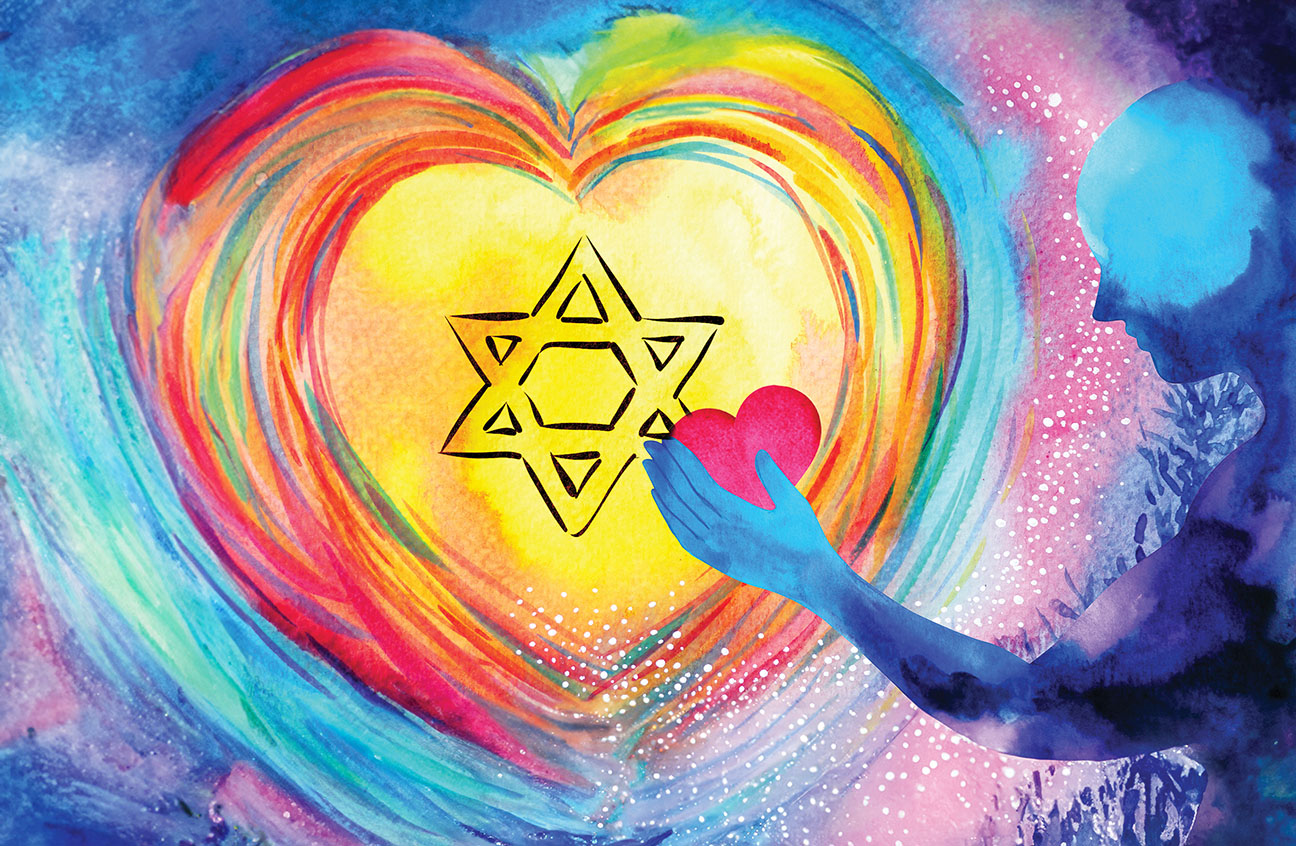
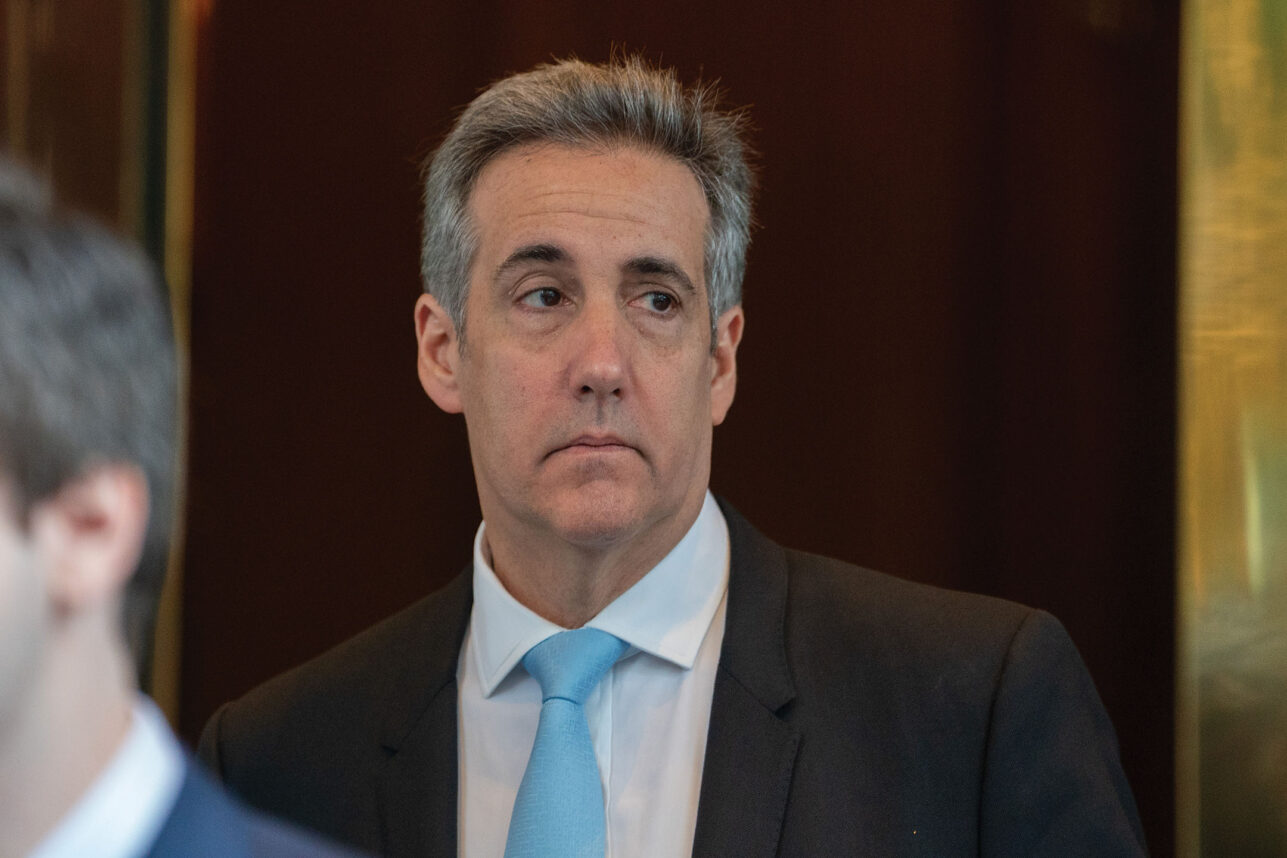
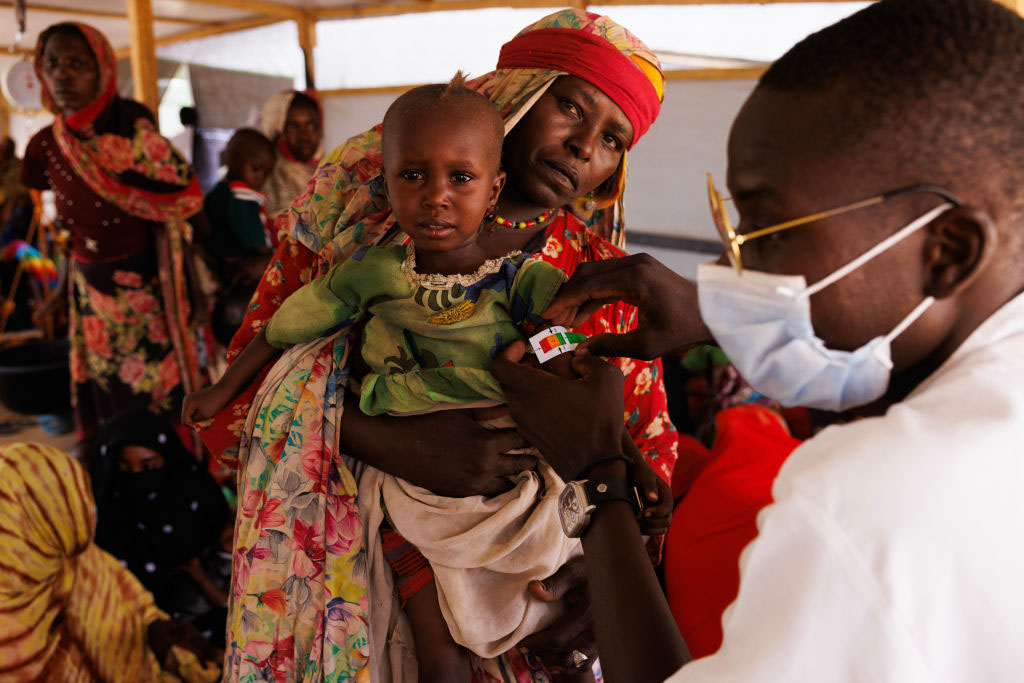


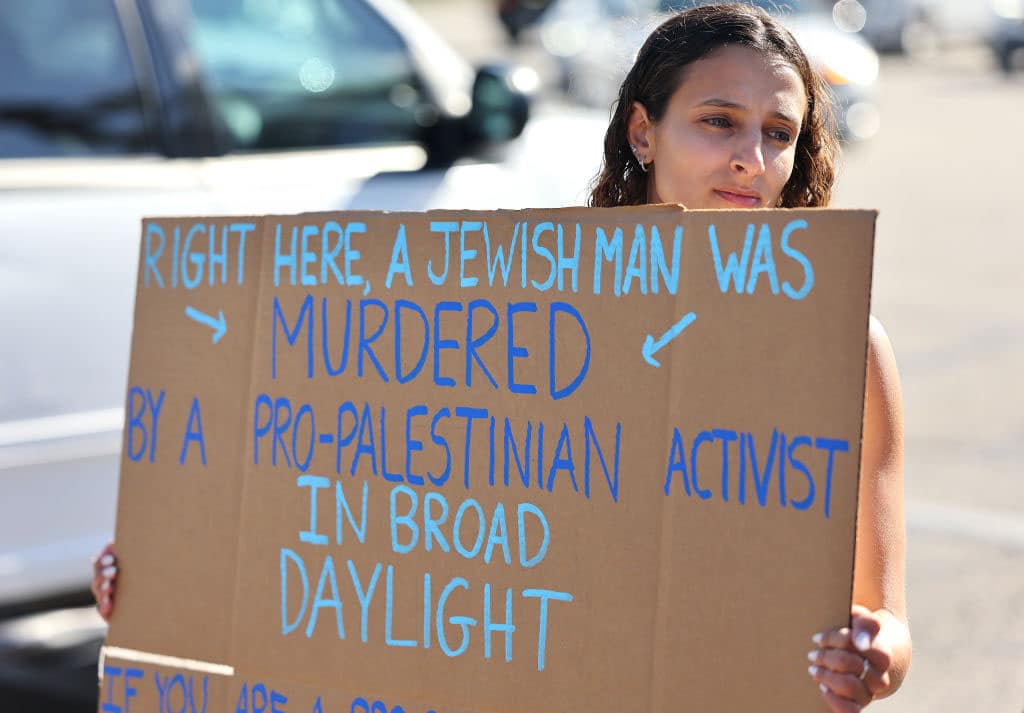



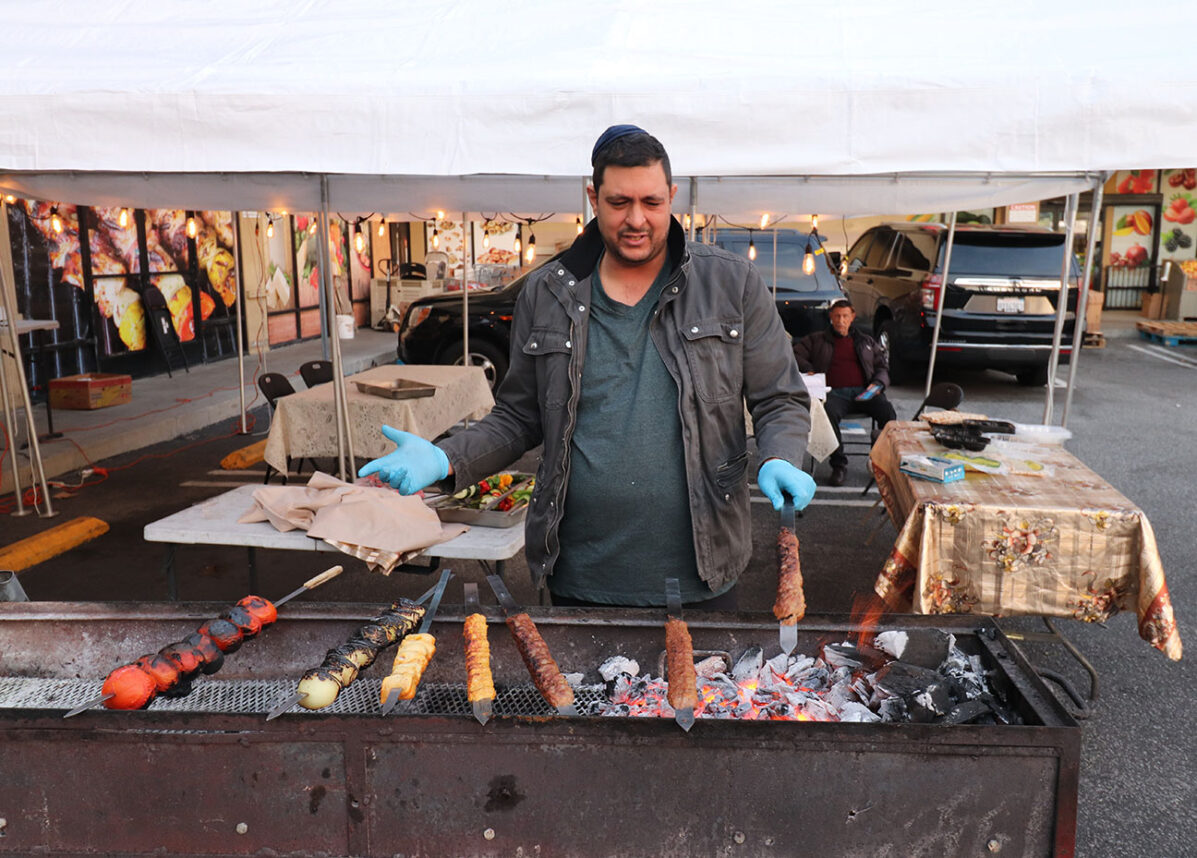






 More news and opinions than at a Shabbat dinner, right in your inbox.
More news and opinions than at a Shabbat dinner, right in your inbox.